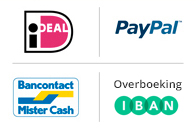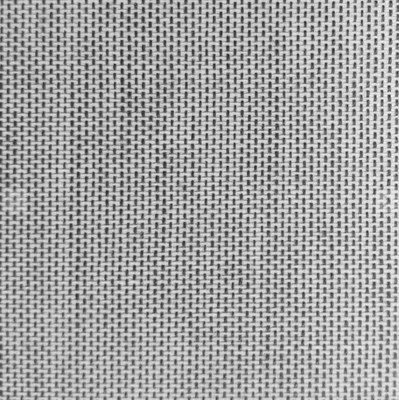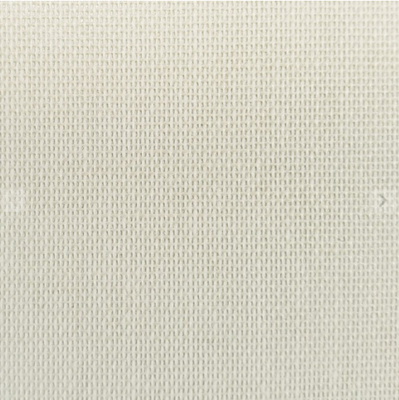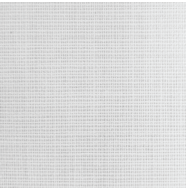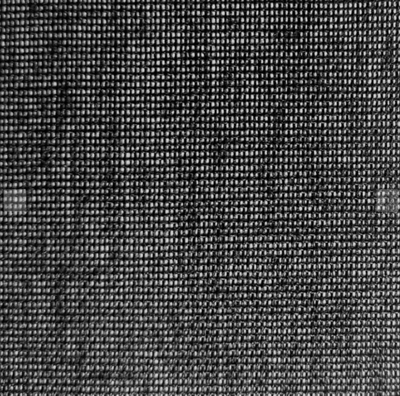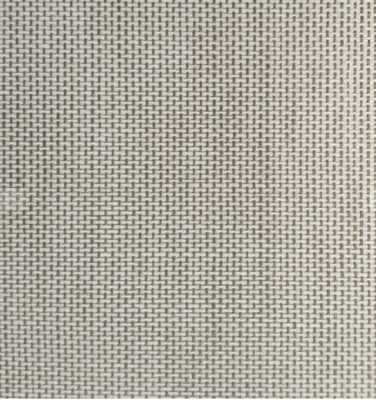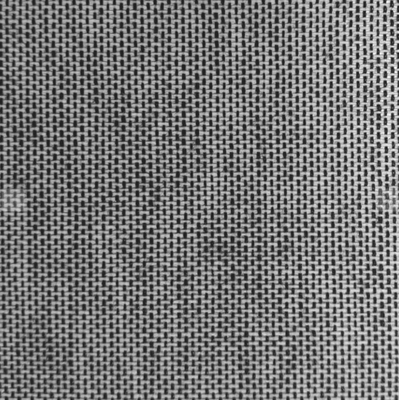Textiel Raamfolie
De ijzersterke combinatie van vitrage en folie ineen.
Bezig met laden...
DE PERFECTE OPLOSSING TEGEN INKIJK, OVERDAG EN 'S AVONDS
DE PERFECTE OPLOSSING TEGEN INKIJK, OVERDAG EN 'S AVONDS
DE PERFECTE OPLOSSING TEGEN INKIJK, OVERDAG EN 'S AVONDS
De Textiel Raamfolie
is vocht- en hittebestendig tot een temperatuur van 60 graden Celsius en voldoet daarmee
aan de wettelijke eisen Brandwerendheidsnorm B1.
Daarom kan Textielfolie ook gebruikt worden in ruimtes met strikte brandbeveiligingsvoorschriften.
Prachtige kleuren waarmee u uw glas kunt combineren met uw interieur!
Zo heeft u overdag van binnenuit geen last van inkijk, maar heeft u zelf vrij zicht naar buiten.
De mate van anti inkijk is sterk afhankelijk van het contrast donker/licht.
Indien u in dezelfde ruimte ook licht heeft van opzij, achter of boven, heeft dit een nadelig effect op de anti-inkijk. In de avond kan het effect van de anti inkijk verstoord worden door aanwezigheid van een lamp of verlichting. U moet dan net als bij gewoon glas uw raam blinderen met (rol)gordijnen.!
De mogelijkheden van de textielfolies zijn eindeloos
Plakt op alle vlakke glazen oppervlakken. Het maakt niet uit of uw ramen rond, driehoekig of vierkant zijn.
Of het nu gaat om de ruiten van uw serre, dakramen of etalages.
Zodra de film aan de ruit verlijmd is, kunt u onze folie eenvoudig op de gewenste maat snijden.
Klik op onderstaande links:
https://youtu.be/_jnuha_nQ5M Druk op deze link voor kleine formaten
https://youtu.be/7Kovo7aNL5M Druk op deze link voor grote formaten
https://youtu.be/mlBvDCyLSmc Druk op deze link voor montageproblemen
Omdat de kleefkracht van Textielfolie niet of nauwelijks beinvloed wordt door vocht is het gebruik
van de zelfklevende textielfolie in de badkamer*, in de keuken of in de garage ook mogelijk.
Door zijn geweven structuur is Textielfolie ook geschikt voor gebruik op isolatieglas of gelaagd glas.
( met uitzondering van de zwarte zelfklevende Textielfolie).
(* anti inkijk 's avonds wordt beinvloed door de hoeveelheid licht en de positie van de lichtbron tov. de beplakte ruit)
Materiaal:
Stof: polyester
Voering: polypropyleen
Dikte stof: 0,3 mm
Breedte stof: 130 cm
Rollengte: 50 m
Eigenschappen:
Privacy en transparantie
Zonwerend
Natuurlijk en minimalistisch
Van hoge kwaliteit
Op alle glassoorten toepasbaar
Gedeeltelijke beplakking mogelijk.
Reinigen:
Wat mag ik doen? Wat mag ik niet doen?
Stof kan worden verwijderd met een pluisvrije doek of een stofzuiger met borstel.
Zorg ervoor dat de borstel schoon is
Als stofdeeltjes niet gemakkelijk loskomen, kan een pluizenroller worden gebruikt.
Lichte vlekken kunnen worden verwijderd met water en een microvezeldoek
Zwaardere vervuiling kan vaak worden verwijderd met een pH-neutraal reinigingsmiddel
op waterbasis / oplosmiddelvrij.
Vanwege de grote variëteit is het aan te raden om het product op een klein oppervlak te testen.
Maak Textielfolie niet schoon met een natte spons, stoom of waterstraal, omdat het zijn hechtende
eigenschappen kan verliezen.
Het product niet verwijderen en / of wassen.
De lijm verliest zijn sterkte en kan niet opnieuw worden aangebracht.
Als een raam gedeeltelijk bedekt is met textielfolie, maak het deel dat niet bedekt is met folie dan schoon
met een microvezeldoek en een glasreinigingsmiddel.
Montage:
SQUID folie kan worden geïnstalleerd op gladde en vlakke ondergronden zoals glas, gepolijst
roestvrij staal en geverfde oppervlakken.
Voordat de folie wordt aangebracht, moet het oppervlak grondig worden gereinigd met een mengsel van
water of alcohol en gedroogd met een pluisvrije doek.
Het montageoppervlak moet droog zijn en minimaal 10 graden Celsius om een goede hechting te garanderen.
Meet de grootte van het te bedekken oppervlak en snijd het materiaal ongeveer 10 cm groter.
Verwijder de eerste 10-15 cm van het rugpapier en zorg ervoor dat u de folie niet vervormt of uitrekt.
Breng de folie van boven naar beneden aan door het rugpapier langzaam af te trekken.
Gebruik een stevige en gelijkmatige druk met een wisser of een rubberen rol om de folie
op het glasoppervlak te plakken.
Snijd de overtollige folie af met een liniaal met een scherp mes.
Pas op dat u de rubberen afdichtingen op het raam niet beschadigt.
Textielfolie kan ook op grotere oppervlakken worden aangebracht.
Het beste resultaat bereikt u met een nagenoeg onzichtbare naad door eerst de folie met een overlap
op het raam aan te brengen en de overlap met een scherp mesje door te snijden (behang snede).
Pas op dat u het vensterglas niet beschadigt.
Dit kan worden voorkomen door eerst een strook Textielfolie als derde laag onder de naad aan te brengen.
Verwijder na het snijden het overtollige materiaal.
Onze Squid raamfolies zijn verkrijgbaar in rolbreedte 130 cm
Lengtes korter dan 1 meter worden beschouwd als maatwerk en kunnen niet geretourneerd worden.






